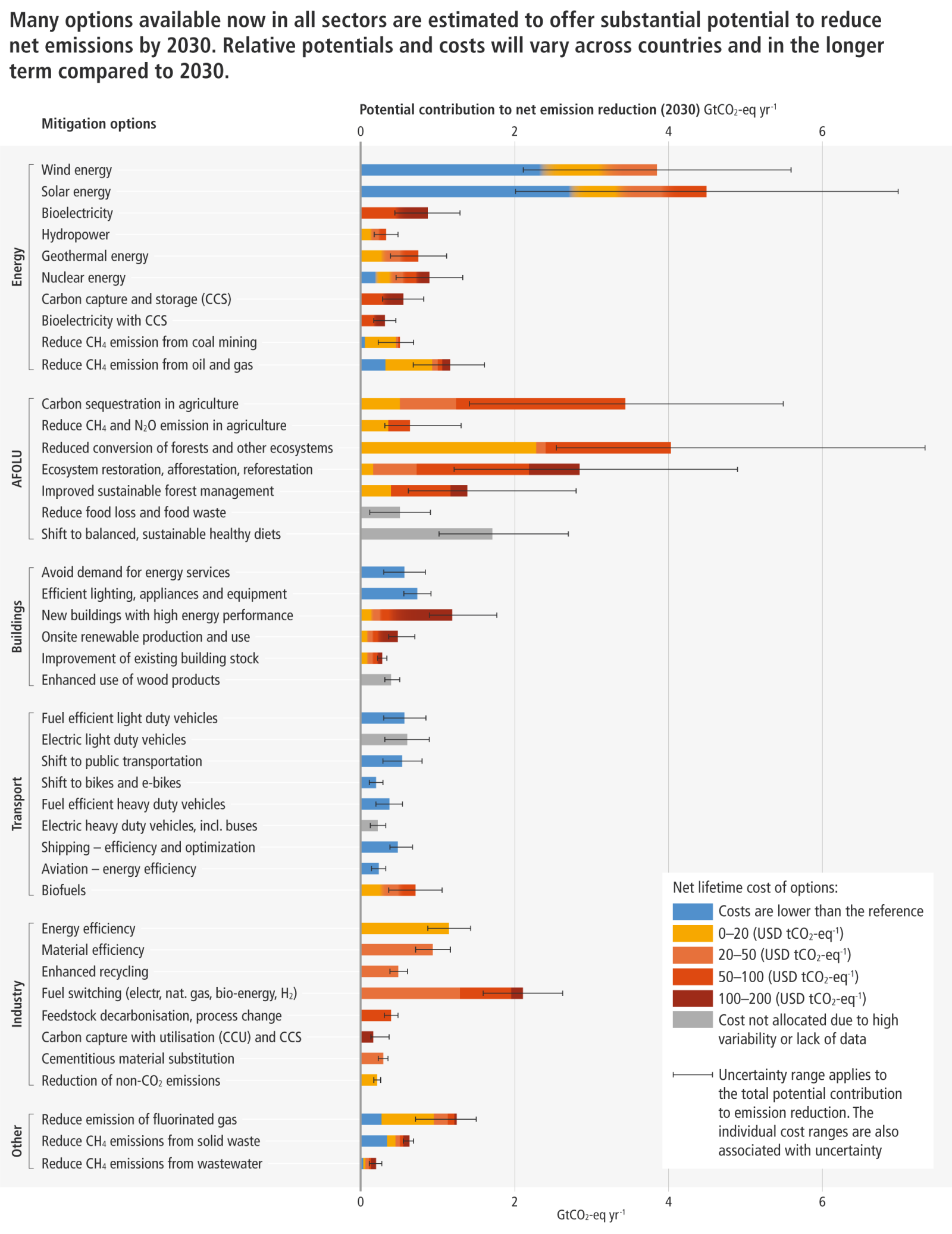Rising Chinese Crude Demand Sends Supertanker Rates Soaring
- VLCC daily rates have increased to more than $100,000 per day in March.
- Chinese refiners are chartering more supertankers to bring crude later this year as the economy reopens.
- The world’s largest international shipping association expects that the tanker shipping market over the next two years could be the strongest one in 15 years.
Shipping rates for supertankers have recently shot up above $100,000 a day as the market for very large crude carriers (VLCC) tightens and Chinese oil demand rises.
Chinese refiners are chartering more supertankers to bring crude later this year as the economy reopens. At the same time, the sanctions on Russia have tightened demand for all kinds of crude-carrying vessels as the voyage to Russia’s main customers now, China and India, is much longer than a week-long trip from a Russian Baltic port to northwest Europe.
In the tighter tanker market, day rates are rising and are expected to stay elevated for at least another two years, according to analysts and shipowners.
Chinese demand is set to drive global oil consumption this year, and Chinese refiners are booking tankers to carry crude on long-haul trips from the United States, further tightening the VLCC market and pushing rates higher. As U.S. oil prices are at a discount to the Middle Eastern benchmark, more U.S. crude is set to arrive in China at the end of the second quarter of this year, banks, brokers, and shipowners say.
“Tankers are traveling longer distances and ship availability is very tight. I think rates will stay strong for the next two years,” Lars Barstad, chief executive at Frontline, which owns and operates 22 supertankers and nearly 50 smaller vessels Suezmax and Aframax, told The Wall Street Journal.
Tanker rates are also pushed higher by the lower availability of vessels as more ships are involved in the Russian oil trade and – due to the sanctions – have become unavailable to other shippers. The number of newly built tankers and orders for new builds is at a decades-low, further constraining vessel availability. Related: EU Looks To Extend Natural Gas Consumption Cuts For Another Year
“Despite improving fundamentals and strong tanker markets in the second half of 2022, new ordering of tanker tonnage in dwt terms was the lowest reported in 27 years. There is a marginal number of available berths being discussed for late 2025 delivery, predominantly in China, but to compensate for the growing numbers of vessels reaching 20 years of age over the next years, one needs to look to 2026,” Frontline said last month in its 2022 results report and outlook for the coming years.
“This continues to be the fundamental reason one may remain positive for tankers for the years to come.”
Teekay Tankers, which is not participating in the movement of Russian cargoes, said last month that “the transfer of ships into the so-called shadow fleet effectively removes them from mainstream trades and reduces effective vessel supply.”
Teekay Tankers expects the global tanker fleet to grow by around 1.5% this year, with virtually no growth in 2024, the company’s CEO Kevin Mackay said.
“In comparison, tanker tonne-mile growth is set to remain at very healthy levels over the same time frame due to projected firm levels of oil demand growth, particularly from China, and the continued stretching of the midsize tanker fleet due to changing trade patterns. As such, we believe that the tanker market has the potential to remain very firm over the medium term,” Mackay added.
Hugo De Stoop, CEO at Euronav, said in early February that rising crude demand and the longer voyages after the EU embargo on Russian oil have driven freight rates higher.
“We believe that the solid base of sector fundamentals (order book, fleet age, incoming regulations) will continue to underpin positive conditions within the tanker market for multiple quarters ahead,” De Stoop said.
BIMCO, the world’s largest international shipping association, said on a webinar at the end of February that the tanker shipping market over the next two years could be the strongest one in 15 years.
BIMCO expects crude tanker demand to grow faster than supply by 2.5-3.5 percentage points in both 2023 and 2024, while product tanker demand will outpace supply by an even higher margin.
“Unsurprisingly, we predict that the tightening of the supply/demand balance will lead to an increase in freight rates, time charter rates, and second-hand ship prices,” the association said.
“We believe in fact that the market will experience a period of sustained market strength that has not been seen since the 2008 financial crisis.”
By Tsvetana Paraskova for Oilprice.com














